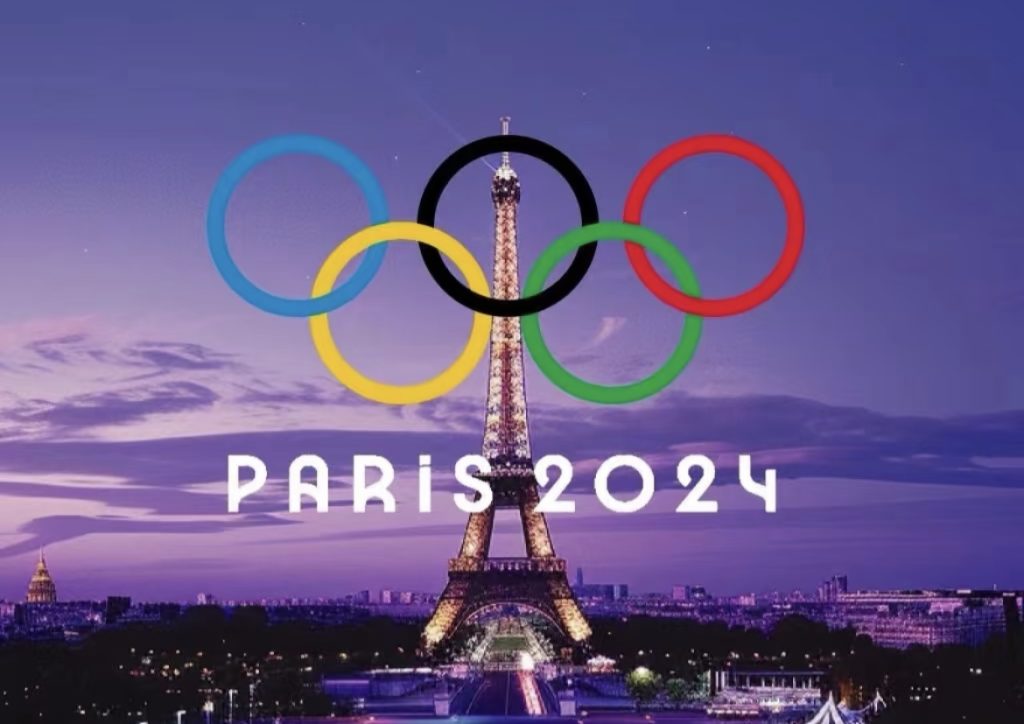Do you know the encoding and decoding? Let’s discuss these two things together today.

Encoding refers to the information communicator converting the message, intention or opinion conveyed into code with specific rules.Decoding refers to the information recipient, which interprets the above code according to specific rules.
Let’s see an example.
The opening ceremony of the Paris Olympic Games fully demonstrated the three characteristics of media events: pre-planning and centralised reporting, breaking through the boundaries of time and space, and ritual characteristics. It takes the Seine River as a natural stage, breaking the boundaries of traditional venues, cleverly combining urban scenery with the Olympic spirit through modern scientific and technological means, and using television and mobile media for global shared live broadcast, realising the double leap of time and space. During the opening ceremony, the athletes entered, the torch relay and the main torch lighting, etc.
The links are full of a sense of ceremony, which not only highlights the nobility and inheritance of the Olympic spirit, but also deeply shows the unique charm of the French culture.However, on the other hand, Stuarthall’s encoding and decoding theory mentions that encoding and decoding are often asymmetrical. In the face of the same text, the audience in different transmission structures will inevitably have different information decoding methods.
In the process of creation, the encoders of the opening ceremony of the Paris Olympics may try to convey deep cultural, social or political messages through avant-garde, experimental artistic styles and symbolic elements. These designs may combine modern art, technological elements and unique French cultural symbols.
However, when the decoder receives and interprets the opening ceremony information, it is affected by many factors such as their own cultural background, aesthetic preferences, knowledge level and social experience. There may be significant differences in the way different audience groups decode the same information. The audience may make a confrontational interpretation of the coding of the opening ceremony, that is, completely subvert the intention of the encoder and make a negative or critical interpretation of the information.



Taking the Paris Olympics as an example, so cool